Human-wildlife conflict: terms & definitions
Human-wildlife conflict: terms & definitions
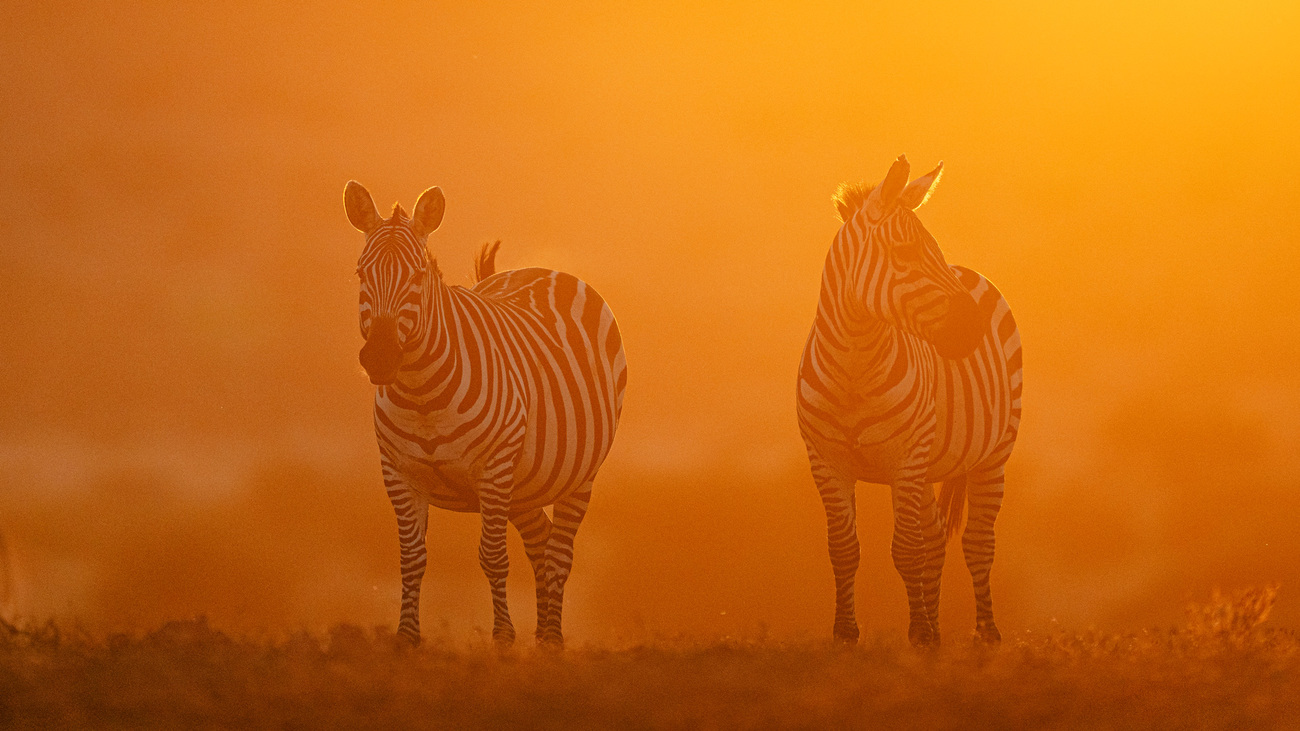
Anthropocene
Proposed by scientists, the Anthropocene is the present period of time in which we are living, dating back to the beginning of humanity’s impact on the Earth’s ecosystems. Humans have become the most impactful species on the planet due to our agricultural and industrial activities, which are drivers of human-wildlife conflict. As we intrude on wildlife habitats, we compete with them for space and resources.
Attractants
In reference to predator species, such as bears, wolves, or big cats, attractants are things that may cause them to get close to human settlements. One example is feeding pets outdoors. Avoiding attractants is a good way to prevent human-wildlife conflict with predator species. Attractants like meat, nuts, and oils are also purposefully used in traps as a means of lethal control, which is an inhumane way of managing human-wildlife conflict with predators.
IFAW promotes coexistence with predator species like lions, buffalo, wolves, and coyotes rather than the use of lethal control.
Coexistence
Scientists define coexistence with wildlife as a ‘dynamic but sustainable state in which humans and wildlife adapt to living in shared landscapes.’ Coexistence with wildlife and the prevention of human-wildlife conflict can become possible through conservation programmes and community engagement.
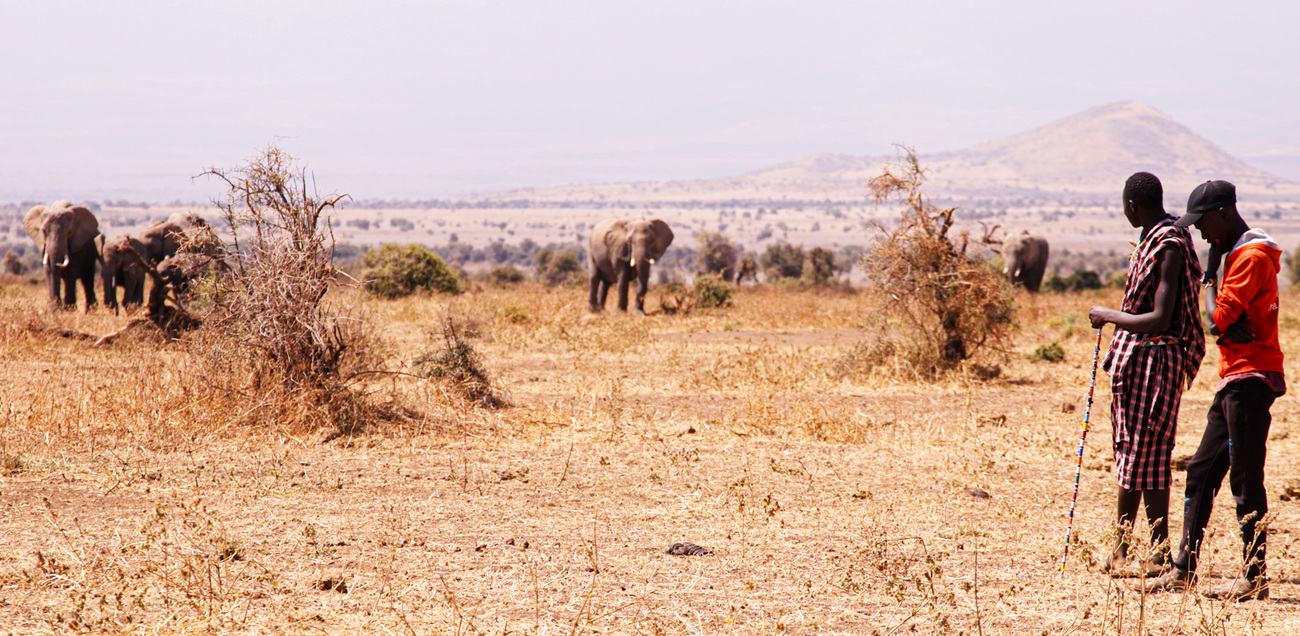
Community conservation model
Community conservation models involve local actors, including traditional leaders, local governments, and Indigenous Peoples, in the conservation of local wildlife and other biodiversity. The community conservation model is designed to promote social empowerment, provide livelihood opportunities, and prevent human-wildlife conflict. These models focus on equipping local actors with the necessary skills and resources to improve local socioeconomic conditions, preserve ecosystems, and enhance biodiversity health and structure. The community conservation model is important to preventing human-wildlife conflict because such conflict often arises from a lack of resources—when humans and animals clash over food, water, and space, conflict will inevitably arise.
Community engagement
Community engagement involves providing training, education, awareness, and resources to local community members and leaders who live in close contact with wildlife. Animals often are key to the cultures and economies of these communities, but they experience conflict with wildlife when there is a lack of resources and training.
Crop raiding
Crop raiding is the act of trampling or feeding on crops by wild animals, which can damage or destroy them. Crop raiding is one form of human-wildlife conflict, as it can affect people’s livelihoods and endanger animals when they are killed in retaliation.
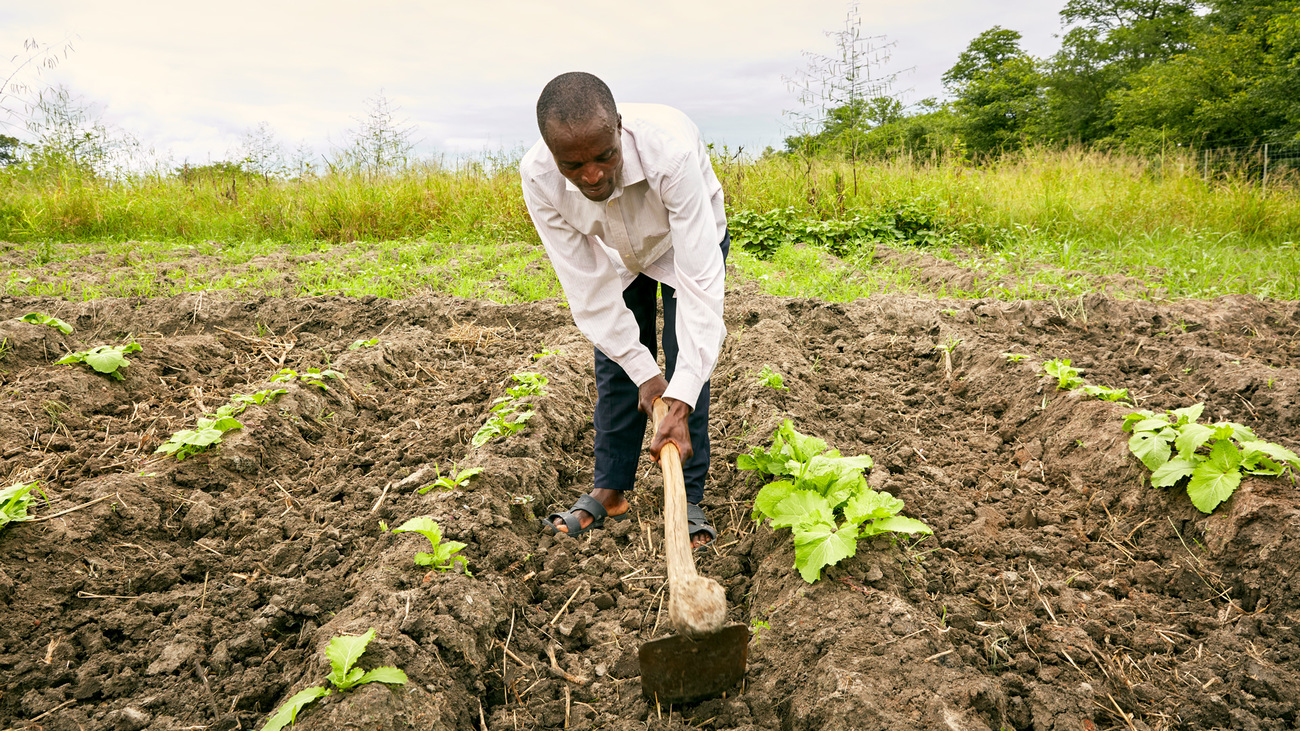
Culverts
Culverts are human-made structures that channel water past obstacles or to subterranean waterways. Culverts can be an important tool in solving human-wildlife conflict between people and beavers. The natural behaviour beavers exhibit of building dams can cause floods that damage property or cause harm to people in other ways. To prevent this, beavers are sometimes killed or trapped. However, beavers are crucial to their ecosystems, as their dams create habitats and water sources for many other species. Instead of harming beavers, we can build culverts around their dams that prevent flooding by redirecting water flow.
Defensive behaviour
Defensive behaviour refers to the behaviour exhibited by an animal in response to feeling threatened by a human or another animal. An animal’s response to a threat may involve playing dead or running away, but it may also trigger aggressive behaviour. Some animals may become aggressive if they feel threatened by humans, which is why you should never try to approach a wild animal with the intent of touching it, harming it, feeding it, or taking a close-up photo. Defensive behaviour from the largest of grizzly bears and the smallest of bees can be dangerous for humans.
Deterrence devices
Also called scare devices, deterrence devices are objects used to prevent wildlife from entering a property, farm, garden, or other area. A simple example of a deterrence device is a scarecrow, which sits among crops and deters birds from eating seeds. Another example is beehive fences, which scare elephants and prevent them from wandering into a community. Many deterrence devices can effectively prevent human-wildlife conflict.
Other deterrence devices may use sounds, chemicals, electric shocks, or barbed wire. Unfortunately, many technologies that are used to prevent conflict between people and animals can cause harm to wildlife.
Encroachment
Encroachment refers to human intrusion into wild animal habitats. It occurs when people build infrastructure, farms, and housing in the habitats of wildlife, often disturbing and displacing them in addition to harming the local ecosystem. Encroachment leads to the endangerment of many species and is a major driver of human-wildlife conflict, as people and animals begin to compete for resources in the same space.
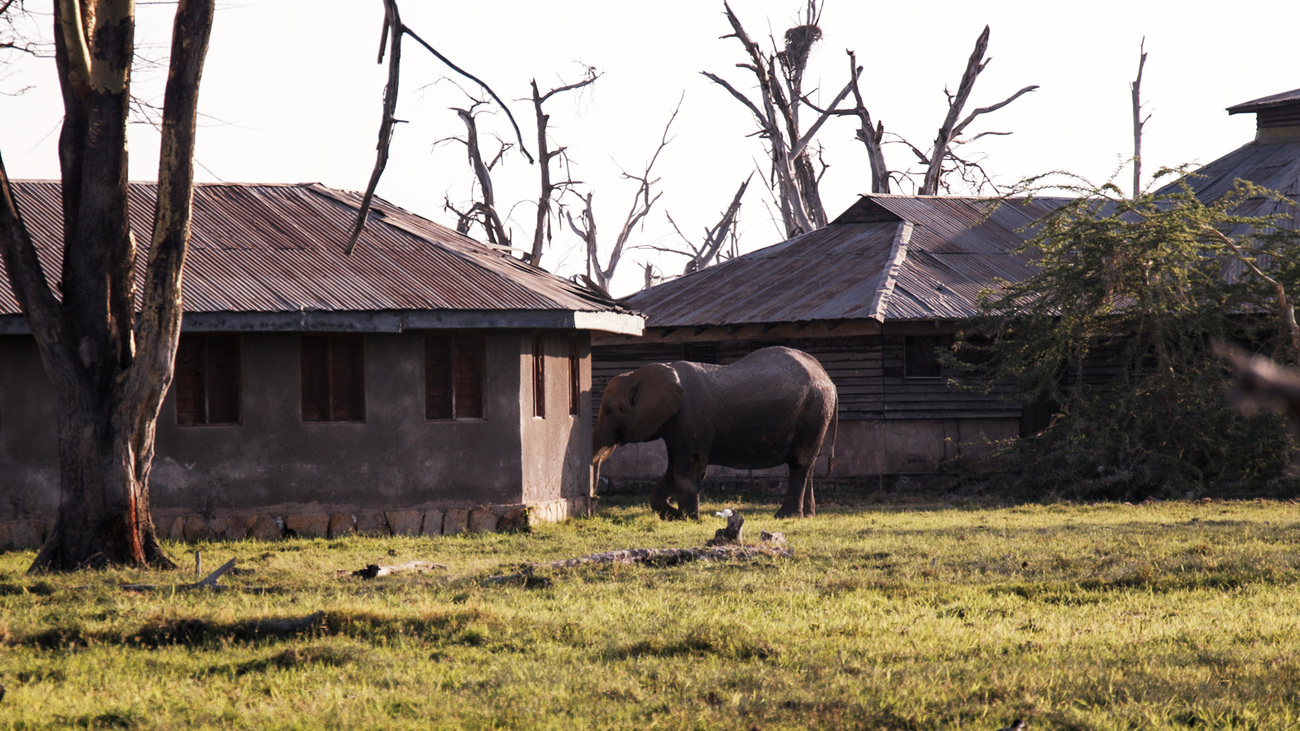
Fladry
Fladry is a type of deterrence device that involves a rope mounted on the top of a fence, which holds strips of brightly coloured fabric that are intended to deter wolves. Fladry has been used by farmers for centuries to prevent wolves from preying on livestock.
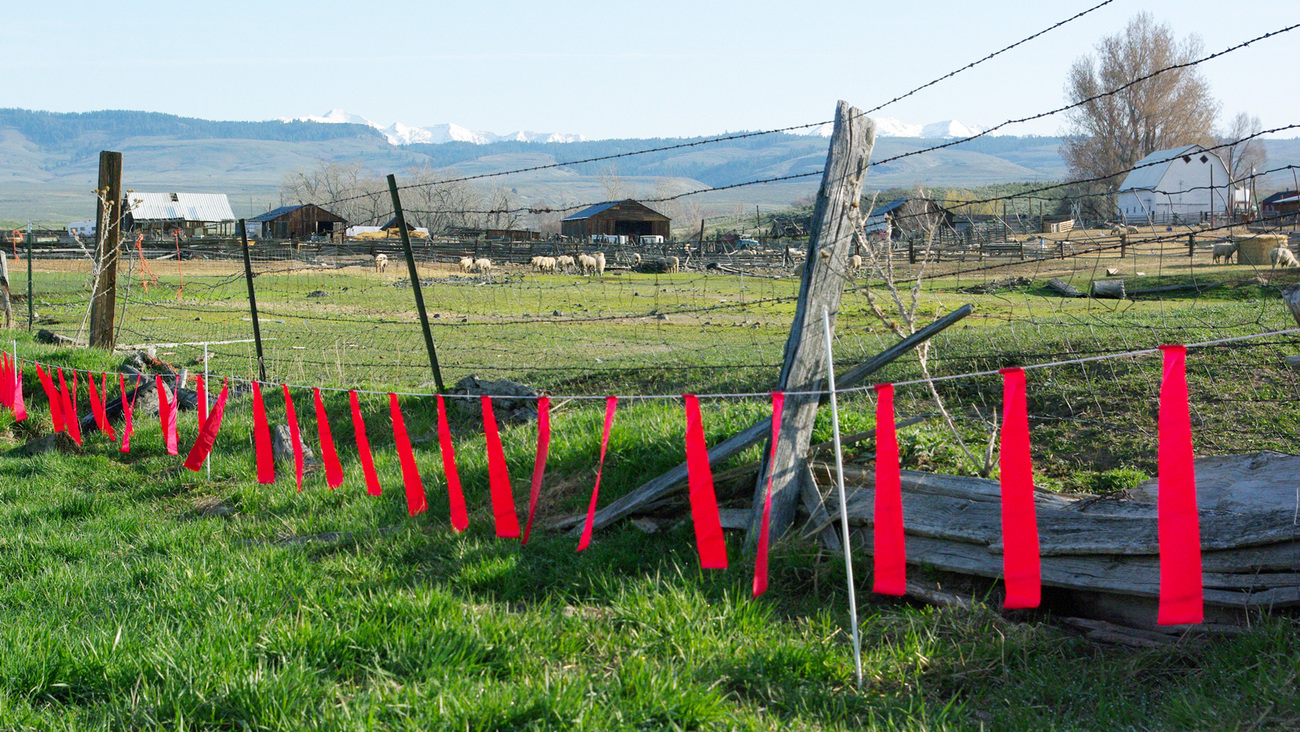
Guardian animals
In agriculture, guardian animals are being employed by a growing number of farmers to protect their livestock from wild predators like wolves. These guardian animals act as deterrents because their presence alone is enough to scare predators away from preying on livestock. Dogs, donkeys, and even llamas can be effective guardian animals.
Human-dominated landscapes
Human-dominated landscapes are landscapes (large areas consisting of many interconnected ecosystems) which have experienced the settlement and development of human societies to such a degree that they are under almost complete human control. In these landscapes, wildlife often struggle to compete with humans for space and resources.
Human security
Human security is a way of understanding the ability of people, communities, and societies to withstand stressors and shocks. Human-wildlife conflict causes insecurity in many communities due to the stress it puts on natural resources.
Human-wildlife conflict
Human-wildlife conflict refers to the many ways in which humans and wild animals may compete for resources, such as food, water, and space, or experience violent or deadly clashes as a result of fear, retaliation, or direct attacks of animals on humans. Such conflict may occur anywhere that human communities overlap with wild animal habitats, including in both urban and rural areas, in all types of biomes.
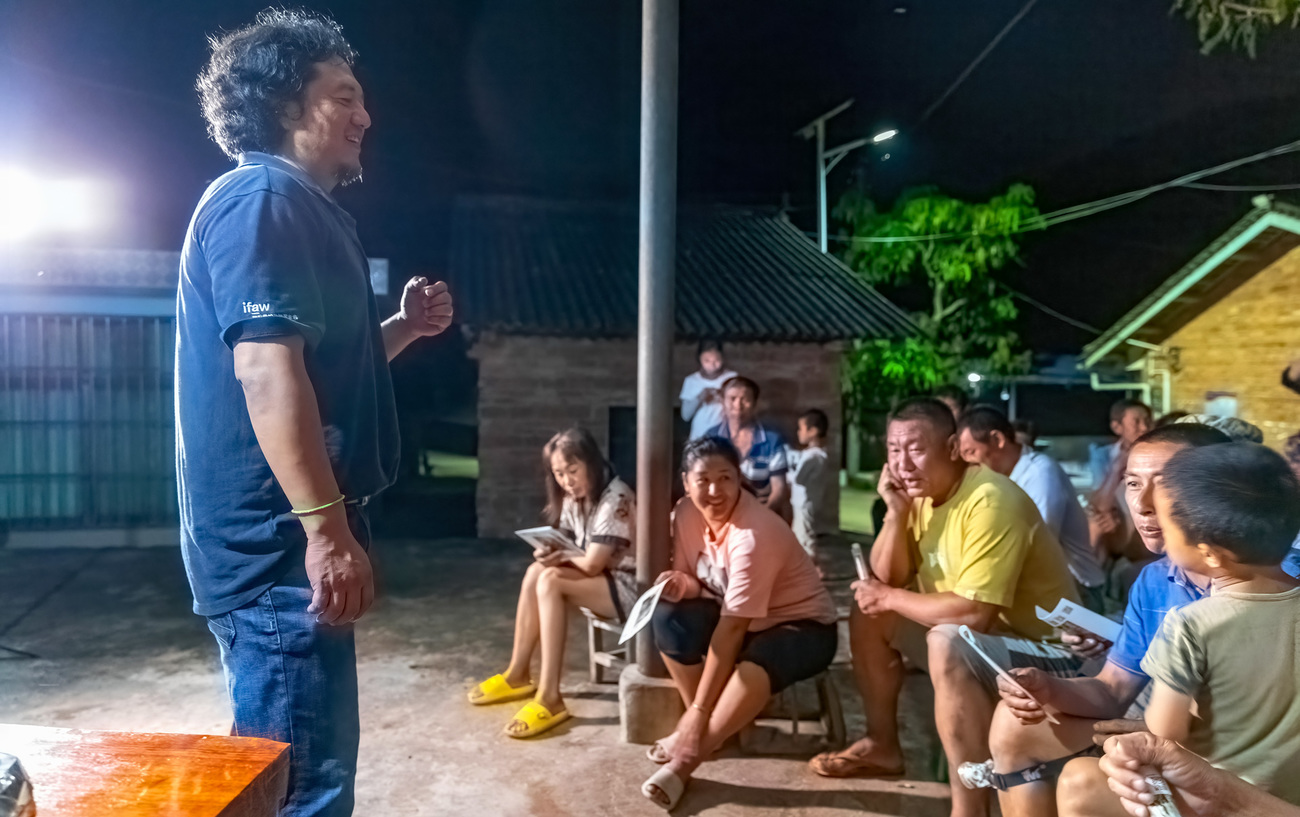
Humane coexistence strategies
Humane coexistence strategies are methods by which leaders and conservationists can manage potential conflict between people and wildlife without using lethal control or inhumane tactics (such as trapping, poisoning, or bounty hunting). Humane strategies may include employing guardian animals or deterrence devices, which allow people and animals to coexist without violence.
Indiscriminate killing
Methods of lethal wildlife control often involve indiscriminate killing, which is the placement of a poison or trap that will be fatal to any animal that happens upon it, regardless of whether they are the target species of the control. Traps, snares, and poisons can even injure pets and people, too.
Lethal control
Lethal control is the use of traps, snares, poisons, and other deadly methods to control a population of wildlife that is believed to pose a threat to people, livestock, or agriculture. Lethal control methods are dangerous (not just to wild animals), indiscriminate (often killing animals that aren’t the target of the control), and often ineffective compared to humane coexistence strategies.
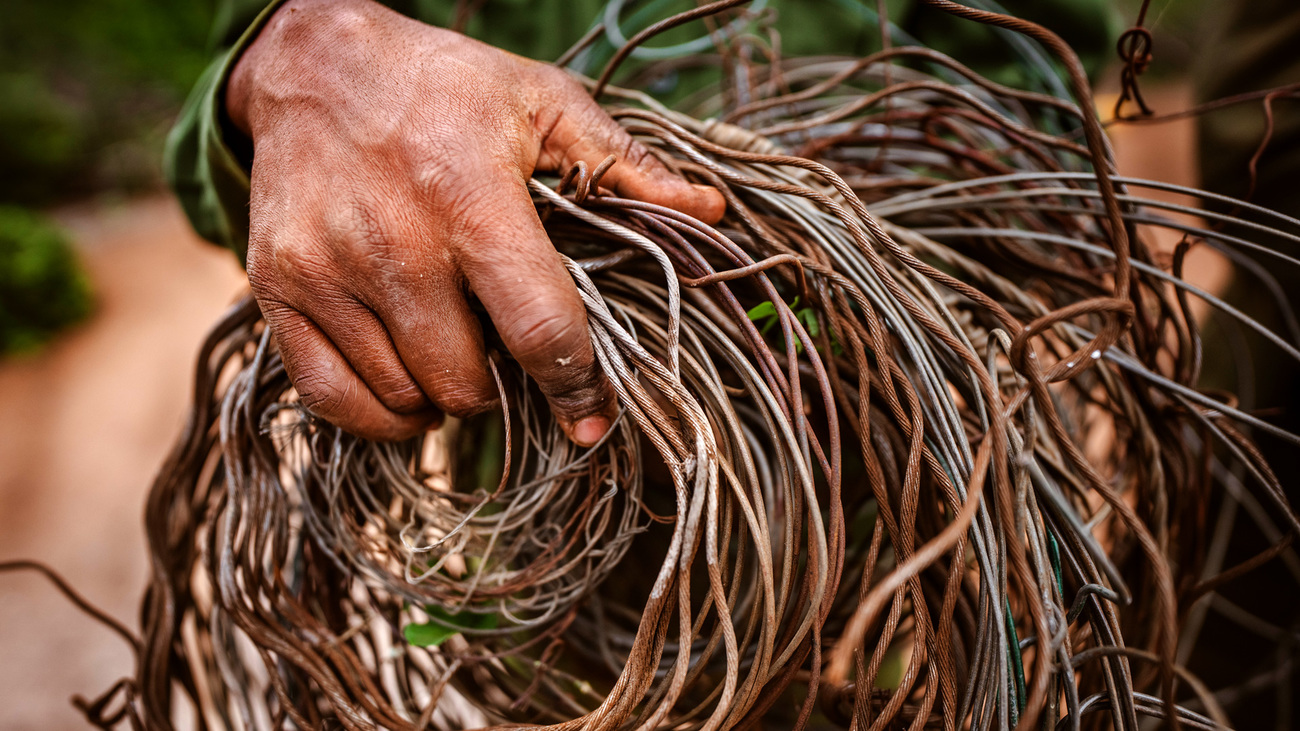
Livelihood
A person’s livelihood is how they make money and support themselves and/or their family. Some livelihoods are impacted by human-wildlife conflict. Farmers often experience conflict with wildlife who may raid their crops or prey on their livestock.
At IFAW, we work to support wildlife-friendly livelihoods, enabling people to support their families while also protecting the natural world.
Mitigation
Mitigation of human-wildlife conflict is the act of reducing its severity. Mitigating human-wildlife conflict may require engaging with community members, policy work, and the development of humane coexistence strategies.
Persecution
Persecution is the killing of wildlife, often as a method of preventing crop raiding, property damage, or livestock predation. Persecution also may occur as a means of retaliation following an attack from an animal on a human or to prevent future attacks.
Protected areas
Protected areas, also called conservation areas, are places that receive special protection due to their ecological and/or cultural importance. These protections include limitations on human presence, extraction of resources, hunting of wildlife, and more. These protected areas help combat human-wildlife conflict by providing suitable habitats for wildlife, preventing the need for animals to enter human communities.
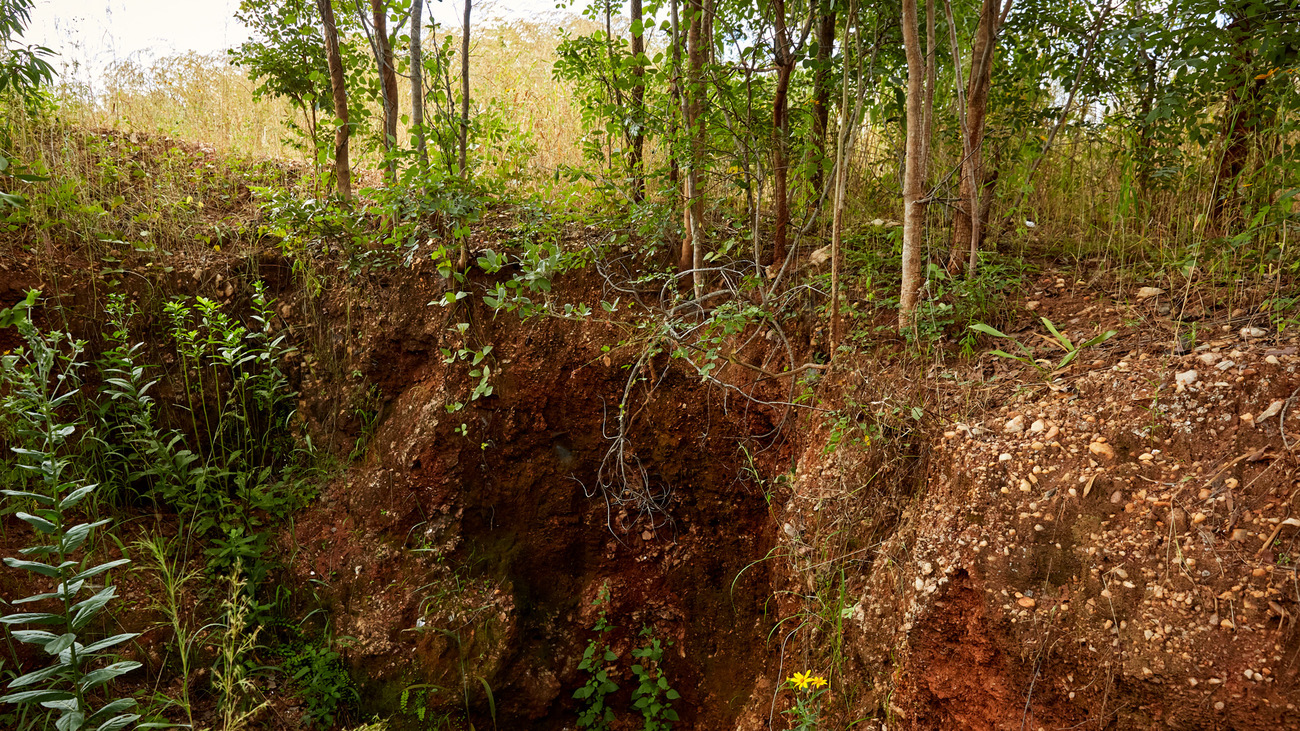
Range rider
A range rider is a person who, on horseback, patrols an area in which cattle or other livestock roam. Employed by farmers, range riders help protect livestock from predation by wildlife. This is an example of nonlethal control, as it helps manage wildlife populations without harming them.
Retaliatory killing
Retaliatory killing is the killing of an animal out of revenge for an action the animal (or a member of its species) has done, such as crop raiding or livestock predation.
Social empowerment
Social empowerment is the promotion of autonomy, self-determination, and direct participatory democracy, considering the beliefs, knowledge, needs, interests, challenges, and opportunities of individuals and communities in regard to the ecosystems they inhabit and utilise.
Sodium cyanide
Sodium cyanide is a dangerous chemical used in M-44s, also called cyanide bombs, to indiscriminately kill wildlife. They work by spraying the chemical into the faces of the animals, who are lured in by a sweet-scented bait. This is a means of lethal control, and a federal programme in the US known as Wildlife Services has been targeting bears, wolves, coyotes, and beavers with these traps. However, non-target animals, including pets and members of endangered species, have been killed as well. Sodium cyanide is an inhumane method of preventing conflict between wildlife and farmers.
Subsistence farmers
Subsistence farming or subsistence agriculture differs from commercial agriculture, as it is the farming of crops and livestock to meet one’s own needs or feed one’s family/community. Unlike commercial farmers, subsistence farmers often grow local crops with little or no surplus.
Strychnine
Strychnine is a poison used to kill wolves. Each winter, wolves are killed in Alberta, Canada, using strychnine. This poison causes prolonged, painful deaths and is inhumane. It is in violation of the International Union for the Conservation of Nature (IUCN) Wolf Manifesto, which Canada has signed.
Wildland-urban interface
The wildland-urban interface is the zone of transition between unoccupied land and developed human areas. In these zones, humans may intermingle and interact with wildlife.
Wildlife corridors
A wildlife corridor is a strip of land that connects natural habitats of wildlife populations, which otherwise would be separated by human development (agriculture, roads, infrastructure, etc.).
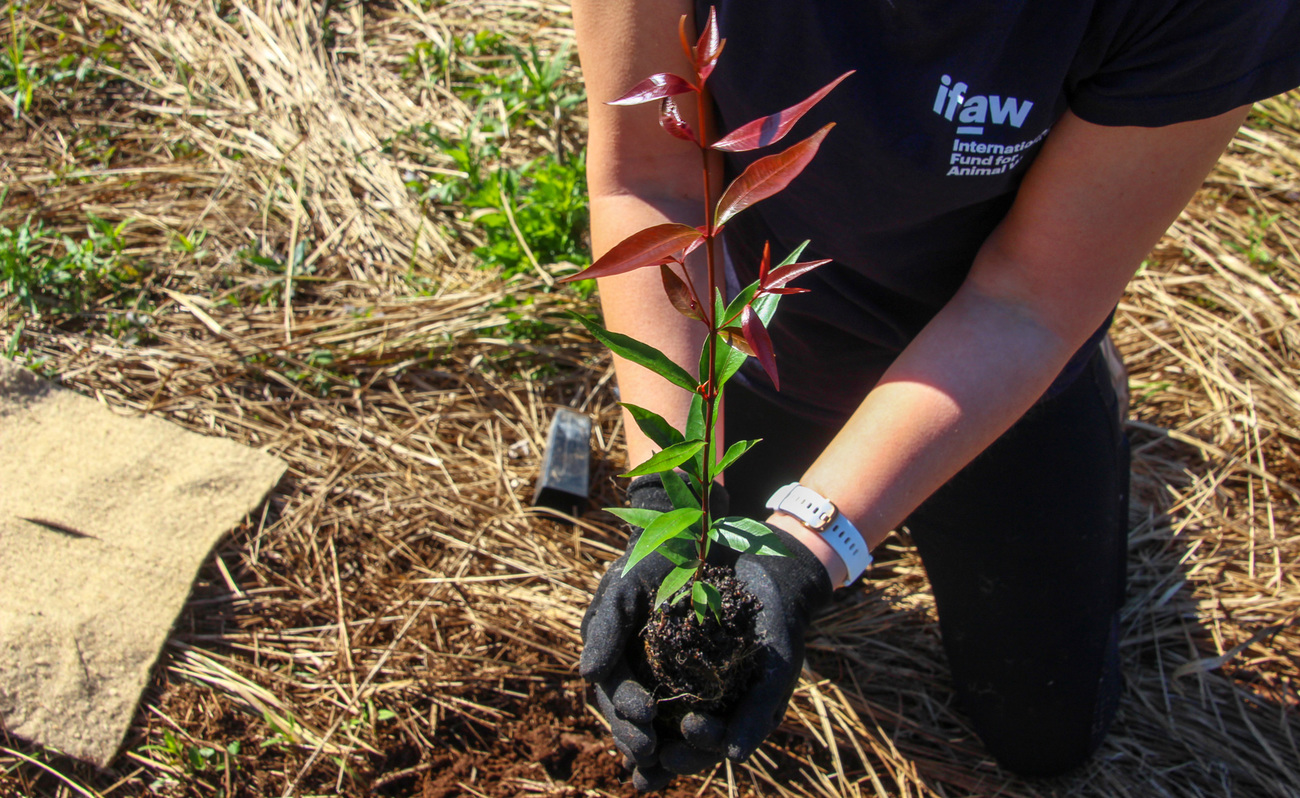
Wildlife management
Wildlife management is the process of influencing the interactions between wildlife and people. Wildlife management often has the goal of preventing human-wildlife conflict. It can employ inhumane, lethal control methods, or it can use humane coexistence strategies.
Zoonotic disease
Zoonotic diseases are infections that spread between people and animals, caused by viruses, bacteria, parasites, and fungi. Interacting with wildlife can spread deadly diseases to them, or they can pass diseases onto humans.
Related content
Every problem has a solution, every solution needs support.
The problems we face are urgent, complicated and resistant to change. Real solutions demand creativity, hard work and involvement from people like you.